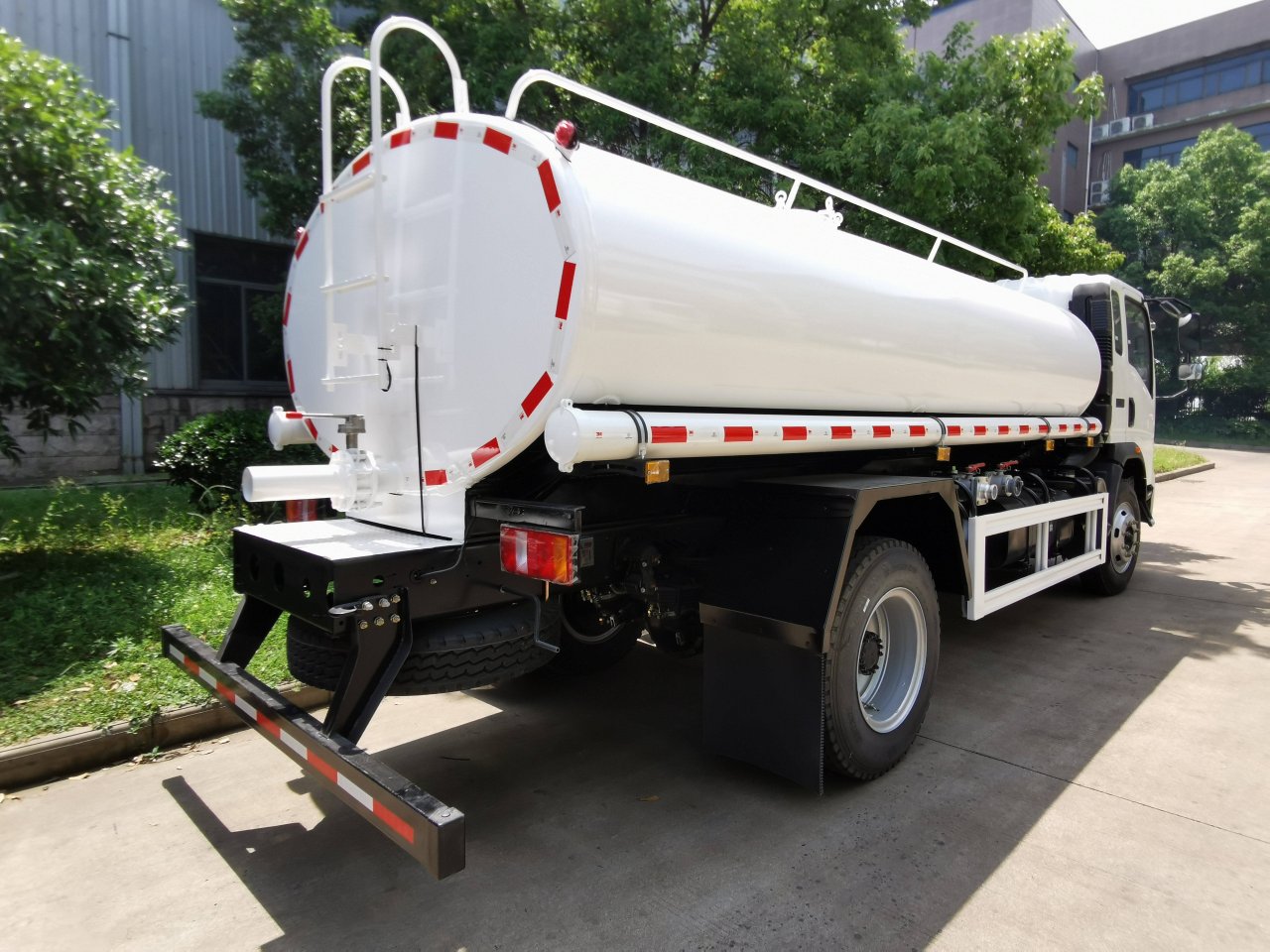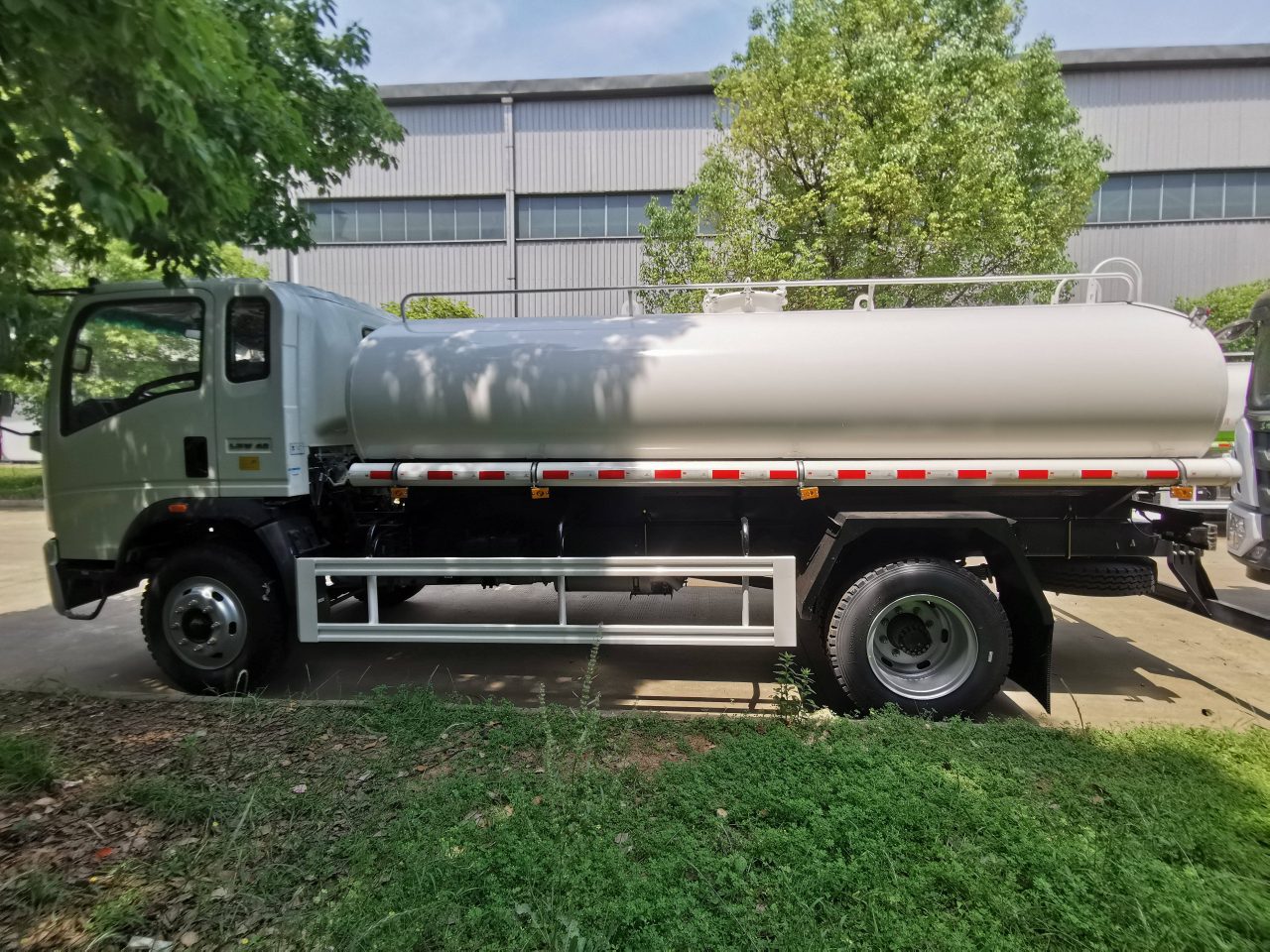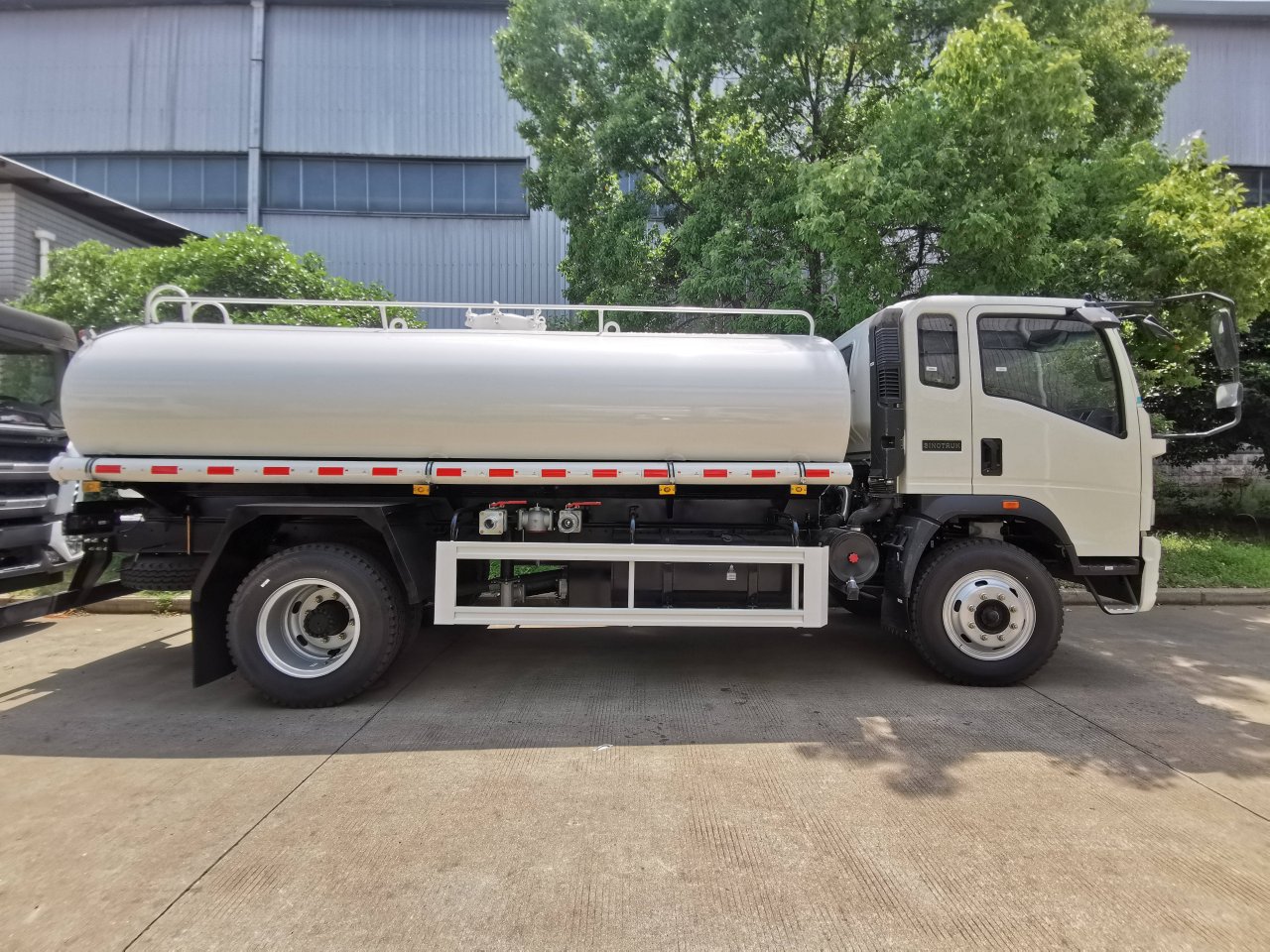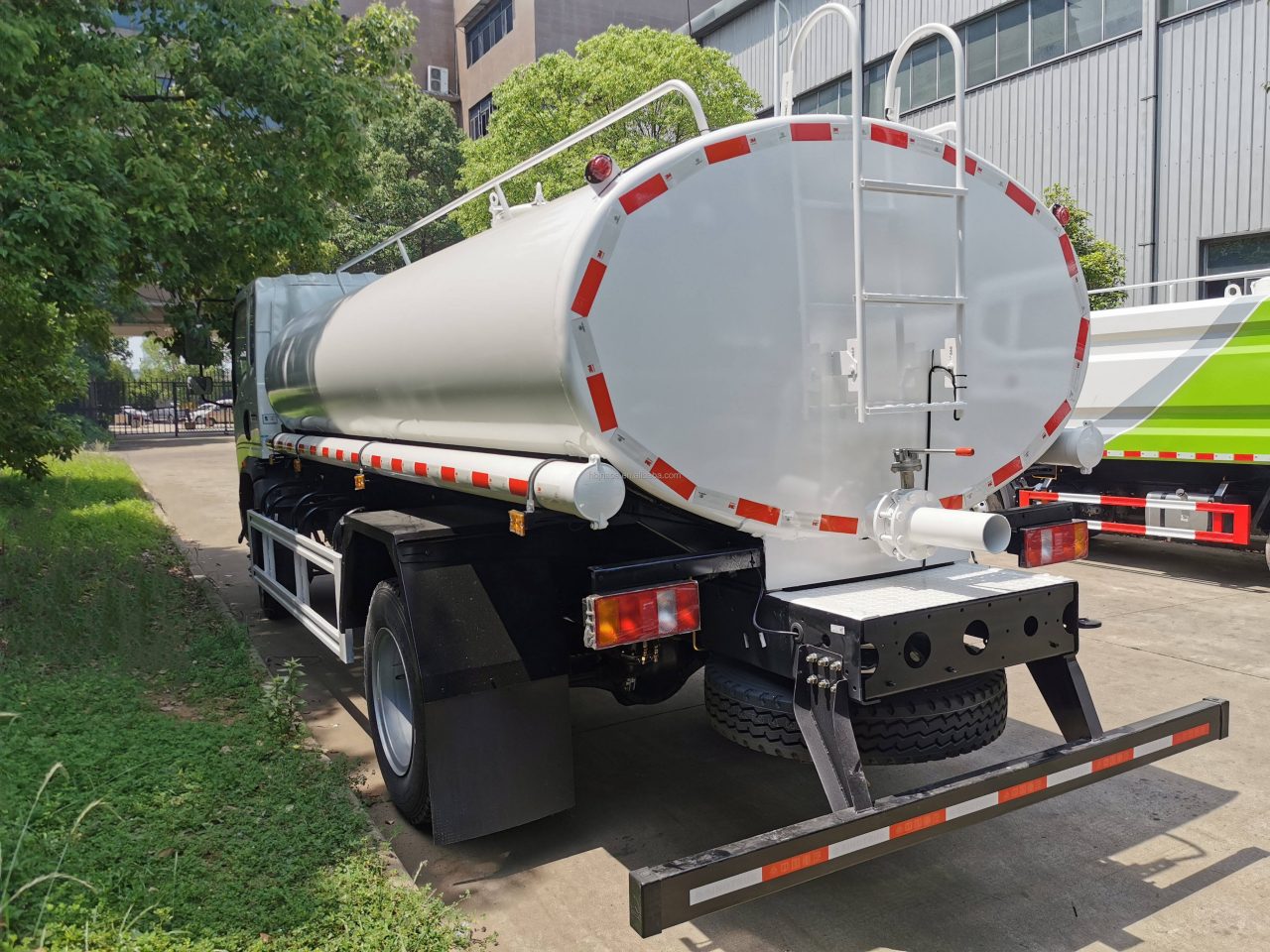Milk is a staple commodity, consumed daily by millions across the globe. While it may be easy to picture a carton of milk in your fridge, far less visible is the sophisticated logistics network that brings that milk from farm to factory and, ultimately, to your table. At the heart of this supply chain is the milk lorry — a specialized vehicle designed to transport bulk quantities of raw milk under safe and sanitary conditions. But just how much milk does a milk lorry hold? The answer depends on several factors, including the type and configuration of the lorry, regional transport regulations, and logistical needs. This article explores these variables in detail.
Understanding Milk Lorries
A milk lorry, often referred to as a milk tanker truck or milk tank truck, is a purpose-built vehicle equipped with insulated stainless steel tanks designed to transport raw milk from dairy farms to processing plants. These trucks play a crucial role in maintaining the freshness and quality of milk by preserving it at a consistent temperature during transit.
Milk lorries come in various sizes, depending on where and how they are used. In some regions, smaller trucks are used to collect milk from scattered rural farms, while larger articulated tankers are used for long-haul transport to dairy plants.
Typical Capacity of Milk Lorries
The capacity of a milk lorry is generally measured in liters or gallons. On average:
- Small Rigid Milk Tankers: These are usually single-unit trucks (non-articulated) and have a capacity ranging from 8,000 to 12,000 liters (approximately 2,100 to 3,200 U.S. gallons). They are ideal for narrow roads and small farms.
- Medium-Size Milk Tankers: These trucks can carry 15,000 to 20,000 liters (3,960 to 5,280 U.S. gallons) and are commonly used in areas with denser farm populations or for mid-range distribution.
- Large Articulated Milk Tankers: These consist of a tractor unit pulling a semi-trailer milk tank. These tankers typically have a capacity ranging from 25,000 to 30,000 liters (6,600 to 7,900 U.S. gallons), though some specially designed models can carry even more, depending on road weight limits and legal regulations.
In countries like the United States, Australia, or Canada, where roads are wide and transport regulations permit, milk tankers may have even higher capacities, sometimes exceeding 35,000 liters (over 9,200 U.S. gallons).
Factors Affecting Milk Lorry Capacity
Several factors influence how much milk a lorry can legally and practically carry:
1. Road Weight Limits
Each country and region has specific legal weight limits for vehicles on public roads. These limits determine not only the size of the tank that can be mounted on the lorry but also how full it can be loaded. For example, a milk tanker might technically be able to hold 30,000 liters, but if fully loaded, it exceeds road weight limits, the operator may be required to load less.
2. Chassis Configuration
The number of axles and the design of the lorry’s chassis play a key role in determining how much weight it can carry. More axles can distribute weight better and may allow for heavier loads, including larger milk volumes.
3. Route and Terrain
In mountainous or rural regions with narrow, winding roads, smaller milk lorries may be used regardless of capacity needs. These are more maneuverable and less likely to damage road surfaces or get stuck.
4. Collection Model
Some milk lorries collect milk from multiple farms on a single trip, requiring several separate compartments within the tank. Each compartment can be filled individually, keeping milk from different farms separate. In such cases, the total volume may be slightly less than the lorry’s maximum capacity, depending on the load plan and the farm yields.
Design Features for Milk Transport
Milk lorries are not just about volume; they are precision-engineered to maintain the quality of milk during transport.
Insulated Tanks
Milk must be kept cool — typically below 4°C (39°F) — to prevent bacterial growth. Milk lorry tanks are built from food-grade stainless steel and feature multi-layer insulation to maintain the proper temperature for hours without the need for refrigeration equipment.
Compartmentalization
Some milk lorries have internal divisions, allowing the driver to collect milk from multiple farms or drop off milk at different facilities without cross-contamination. These compartments are also useful for maintaining balance and load stability.
Pumping and Metering Equipment
Milk tankers are equipped with hygienic pumps and metering systems that allow drivers to collect milk directly from on-farm bulk tanks. The milk is pumped into the lorry’s tank without exposure to open air, helping prevent contamination.
Efficiency and Environmental Considerations
Modern milk logistics aim to reduce environmental impact while maximizing efficiency. Larger milk lorries help reduce the number of trips required, thus lowering fuel consumption and emissions. Some dairy fleets are experimenting with electric or hybrid milk tankers, although the need for large payloads and long ranges still makes diesel the norm for now.
Additionally, route optimization software is used to plan the most efficient paths for collection and delivery, further improving sustainability and reducing costs.
Global Comparisons
The capacity and configuration of milk lorries can vary significantly by country:
- United Kingdom & Europe: Milk tankers commonly range between 25,000 and 30,000 liters. Due to the EU’s road regulations, these vehicles often have multiple axles and advanced suspension systems.
- United States: Milk trucks may be larger, sometimes exceeding 35,000 liters, depending on state-specific road laws and dairy farm scales.
- India: Often uses smaller trucks (5,000–10,000 liters) for rural collection and larger tankers for interstate transport.
- Australia & New Zealand: Similar to the U.S., large articulated tankers are used, particularly in regions with large-scale dairy farms.
Conclusion
So, how much milk does a milk lorry hold? The answer ranges from 8,000 liters to over 35,000 liters, depending on the size, type, and regulatory constraints of the vehicle. Milk lorries are marvels of modern logistics, purpose-built to preserve the freshness of milk while ensuring efficiency in transportation.
Next time you pour yourself a glass of milk or enjoy your morning coffee, spare a thought for the engineering, planning, and precision that went into getting that milk to your table — all starting with a hard-working milk lorry.





